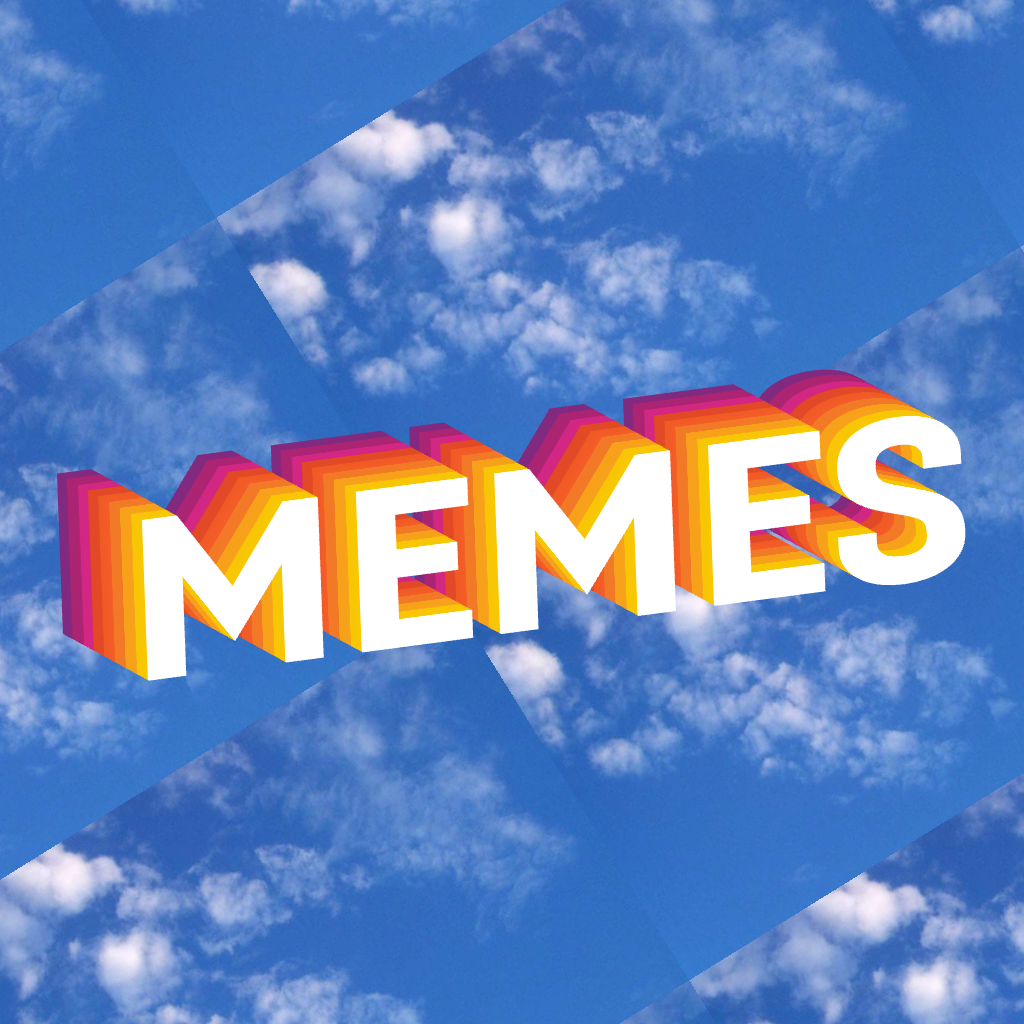I work a lot of fancy events as a caterer and often have a drink behind the scenes, but often these events are in random offices with no bar support, resulting in us drinking strange concoctions.
Spanish coke is popular, which is just red wine and coke. This is probably second only to white wine spritzers. Separately in day events, we’ve found putting espresso into coke over ice is surprisingly okay, I wouldn’t say it’s better than the sum of its parts, but probably on par with normal coke.
So I had the wise idea of shaking espresso, coke, and red wine together, just to see what it tasted like. I’d truly give it a 5/10. Which isn’t bad if not for the fact that I’d give each ingredient alone a 6/10 or better.






Blurry photos is fine to make an stylistic choice. The 2019 movie The Lighthouse stylistically looked like a 1920s film, before modern music intentionally used bitcrushing, it used vinyl cracks, boomer shooters made in this decade intentionally look like 1990s Doom clones.
When a medium’s shortcoming is patched by technology, it ultimately becomes an artifact of the era where it was accidental. Once a few years have passed, it becomes more synonymous with the era than the mistake.
It’s not necessarily nostalgia, Gen Alpha and the younger half of Gen Z never grew up without smartphones, so they don’t miss the era of poor film photography. Although every generation does this simulation of forgotten mistakes, it’s particularly poignant now, where the high quality, perfectly lit, professional feeling photos convey something artificial, i.e. smartphone software emulating camera hardware, faces tuned with filters or outright AI generated content. Even if it’s false imperfection, the alternative is false perfection.
Art using deliberate imperfections that were unavoidable in the past is romanticising something perceived as before commercialism, and that’s admirable.